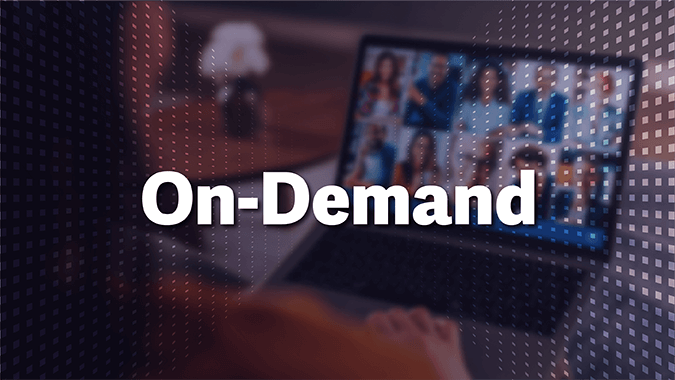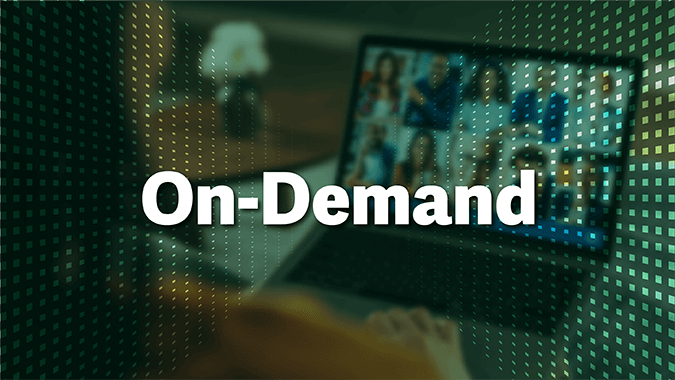
Will Autonomous Cars Sideswipe the Insurance Industry?
- Published
- Mar 28, 2017
- Share
There’s no doubt about it, autonomous vehicles are coming. In fact, they’re already on the roads. Google and Tesla are testing self-driving vehicles in several states, and Uber is experimenting with driverless rides in Pittsburgh.
Volvo, Toyota and others expect to offer autonomous cars to consumers by 2020. From there, self-driving cars will accelerate – so to speak – in the marketplace. Through 2030, most new cars will have both an autonomous and a human driving option. And depending on which study you rely, the period from 2030-2050 will see most, if not all, new cars being autonomous-only.
When it comes to autonomous cars, most people wrestle with the safety risks or costs to consumers for this advanced technology. But one thing you hear little about is what role will auto insurance play? If you’re the passenger in your own self-driving car and there’s a fender bender, what is your liability? Interesting question.
Will the Technology Save Lives?
To answer the above, we need to take a step back and consider self-driving technology. Relatively recent advances in auto technology, such as rear-view cameras and collision alarms, have significantly decreased the number of auto injuries and fatalities. However, the technology used in self-driving cars could reduce those numbers exponentially.
Each year, according to the National Highway Traffic Safety Administration, driver error causes 94% of car accidents; this equates to 30,000 mishaps caused by people. Autonomous cars are expected to decrease driver-caused accidents by as much as 80% by 2040.
The Pocketbook Impact
Not only can self-driving technology help save lives, there are economic impacts, too. Today, auto insurance premiums total $200 billion. Move the driver to the passenger seat and by 2040 auto premiums are expected to drop to $40 billion. It remains to be seen how much insurance companies will save by paying out less in claims.
Those numbers bode well for consumers. But will they decimate insurance companies, a sector employing a quarter of a million people? Clearly, insurance companies will have to adapt. Here are a few ways they may be able to weather the storm:
- Continue to insure non-driver-related incidents such as theft, storm damage and vandalism.
- Insure areas reflective of the new self-driving technology: cybersecurity in the event of hacking or product liability for faulty technology.
- Expand service offerings into new areas related to other emerging technologies. Drone insurance anyone?
What Drivers Would Do with the Extra Time |
|
| Text/Talk with Friends | 26% |
| Read | 21% |
| Sleep | 10% |
| Watch Movies | 8% |
| Play Games | 7% |
| Work | 7% |
| Other | 21% |
| Source: Sparks & Honey | |
A Matter of Policy
Because autonomous vehicles are not in the marketplace just yet, insurance companies have not had to alter or create new polices. However, there is one UK insurer that is getting a head start.Adrian Flux InsuranceServices is offering the first personal insurance policy for people with driverless or autonomous cars. They are offering coverage related to the technology: hardware system and software failures as well as hacking. As autonomous cars get closer to market, the company plans to update the policy to include liability as well.
Down the Road
When those autonomous cars do start driving themselves off the dealership lots – when the rubber literally meets the road – what shape will the coverage take?
One thought is that liability could shift from the driver to the car company or original equipment manufacturer. In this self-insurance scenario, entire product lines would be insured. This is the strategy that Google, Volvo, and Mercedes plan to take with their self-driving vehicles. Or, automakers may partner with insurance companies like Toyota did with Aioi Nissay Dowa Insurance.
Actuaries may have to refocus their attention from measuring the risk profile of different types of drivers to measuring the risk of different types of hardware and software.
As demographics trend toward people moving into urban areas, public transportation and ride-sharing services, such as Uber and Lyft, are gaining in popularity. These organizations may need commercial fleet insurance, and/or use a model where passengers pay for insurance per ride.
There are other scenarios to consider. For example, there will always be people who prefer the pleasure of driving themselves. These drivers’ auto premiums will probably be higher. Also, there will be that period where cars are essentially semi-autonomous, with steering wheels and controls so the driver can take over. The technology will then transition to completely autonomous cars with no controls. As such, insurance policies will have to reflect these different levels of autonomy.
Uncle Sam and Big Data
Let’s not forget that insurance is state-regulated, so government does have a place at the table. Based on the nature of the evolving technology, will it make more sense for the federal government to play a larger role?
One thing is certain, better technology means more available data. Autonomous cars will rely on the environment, infrastructure and even other vehicles to instantly gather, analyze and use data to avoid road hazards. This data can then be used in the event of accidents, similar to an airplane’s “black box,” to determine fault. Better data should lead to better technology, which will make autonomous cars even safer. While Google and Tesla have racked up thousands of autonomous test miles and gotten valuable data, they still haven’t tested the cars under every available scenario a driver would encounter. And, of course, the idea of each car having some sort of black box might make drivers uneasy about Big Brother watching.
The Finish Line
Self-driving cars might be as big a leap forward as when we traded in saddles for steering wheels. The insurance sector is just one of many areas that will become disrupted. Those companies that adapt and innovate will lead the pack; those that don’t run the risk of being left in the rear view mirror.
EisnerAmper Trends & Developments - March/April 2017
- Estate Planning: News from the Heckerling Institute on Estate Planning...
- Highlights from Recent Developments 2016
- Retirement Accounts in First and Second Marriages: The Fun Begins
- The Executor's Job Gets Tougher: Basis Consistency and Selected Other Income Tax Issues Facing Executors
- Recent International Developments
- Portability: Lots of Questions, Few Easy Answers
- Managing Inherited Art and Encouraging Clients to Plan Ahead
- Intellectual Property Protection: The Evolving World of 3D Printing and Intellectual Property
- Will Autonomous Cars Sideswipe the Insurance Industry?
- Immigration and Investment: The Changing World of the EB-5 Program
- Tax Savings for Start-Ups and Small Businesses - Part 1: R&D Credit Can Now Offset Payroll Tax
- Tax Savings for Start-Ups and Small Businesses - Part 2: R&D Credit Can Now Offset AMT
What's on Your Mind?
Start a conversation with Dianne
Receive the latest business insights, analysis, and perspectives from EisnerAmper professionals.










